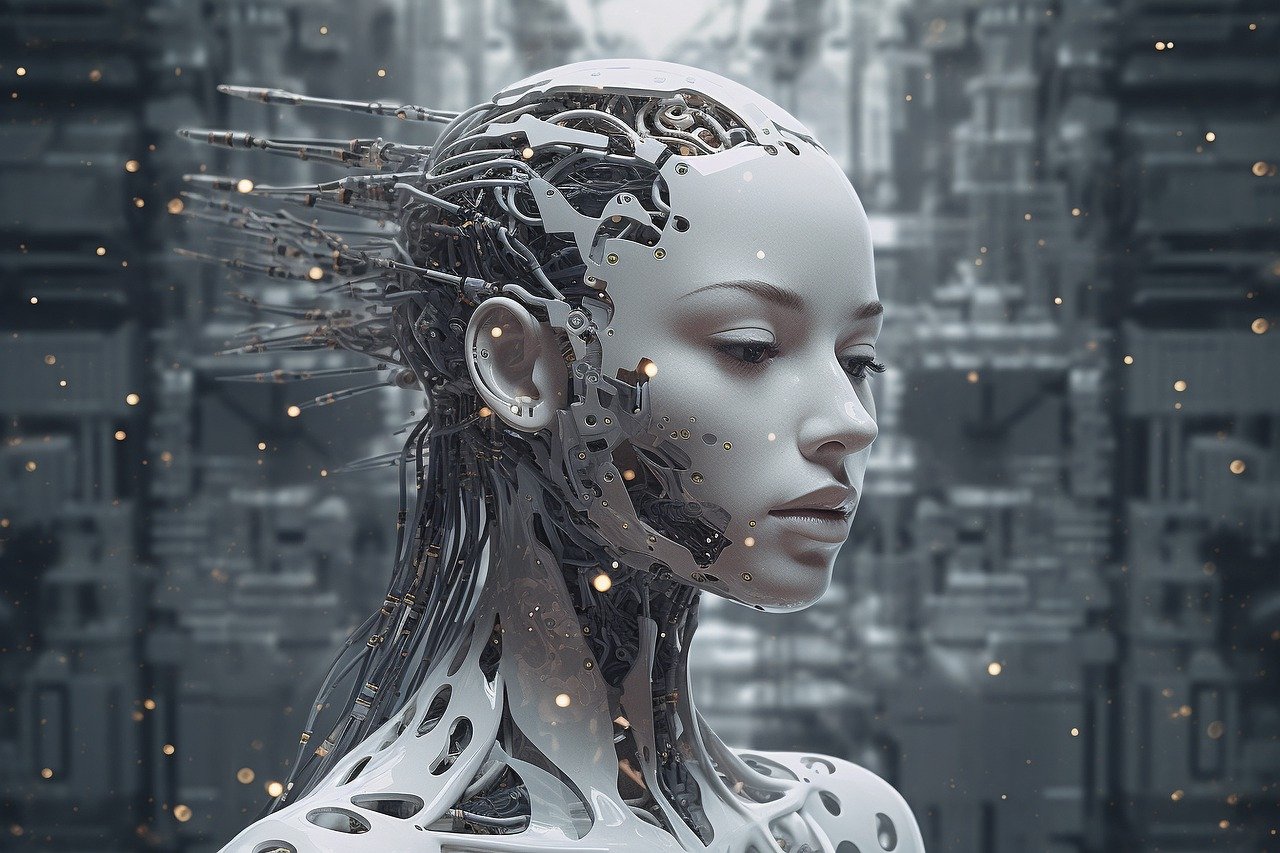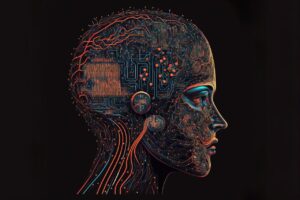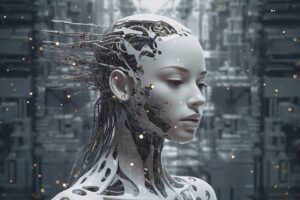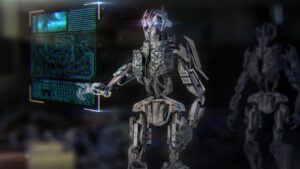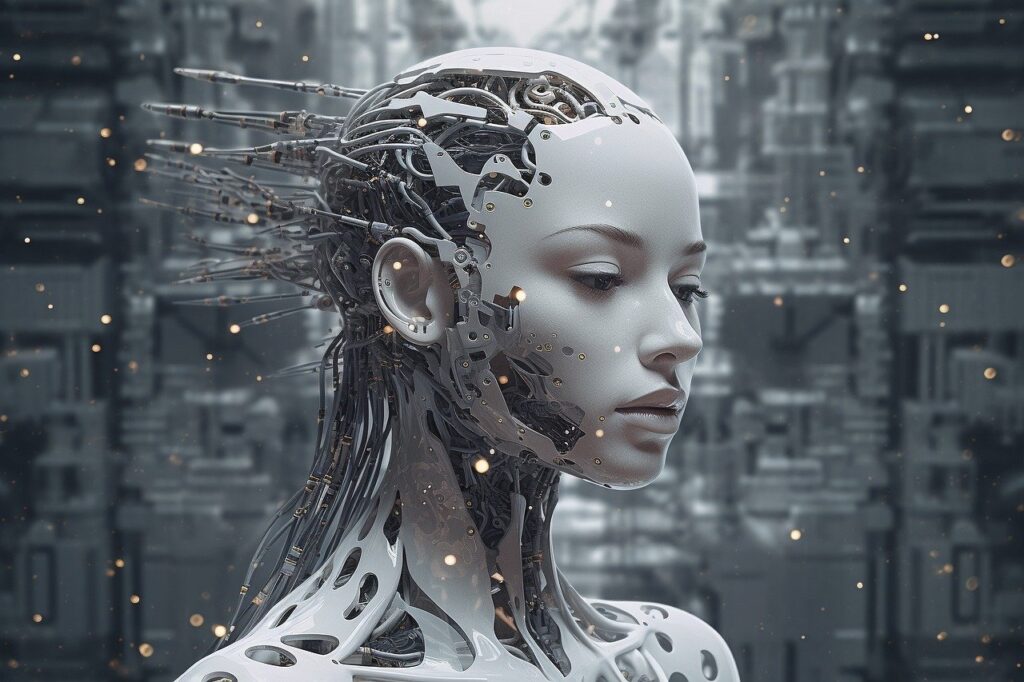
As we reflect on the development of large language models (LLMs), it’s fascinating to see how far we’ve come. The journey from early transformer models to today’s sophisticated AI systems represents one of the most rapid technological advances in history. What started with GPT-1’s 117 million parameters has evolved into models with trillions of parameters, capable of understanding context, generating code, and engaging in nuanced dialogue.
The real breakthrough came with the attention mechanism, allowing models to weigh the importance of different words in context. This seemingly simple innovation opened the door to increasingly sophisticated language understanding. Today’s models don’t just process text; they demonstrate capabilities that blur the line between memorization and reasoning.
Yet challenges remain. Issues of bias, hallucination, and the environmental impact of training these massive models continue to demand attention from researchers and developers.
Ethical AI Development: Navigating the Responsibility Landscape
The rapid advancement of artificial intelligence brings with it an enormous responsibility. As AI systems become more integrated into critical decision-making processes, the importance of ethical guidelines and responsible development practices cannot be overstated.
Key considerations include algorithmic bias, transparency, and accountability. When AI systems make decisions that affect human lives – from loan approvals to medical diagnoses – we must ensure these decisions are fair and explainable. This requires careful attention to training data diversity, regular auditing of outcomes, and clear documentation of model limitations.
The challenge lies in balancing innovation with safety. While we want to push the boundaries of what’s possible, we must do so in a way that protects individual rights and promotes societal wellbeing.
The Future of AI in Healthcare: Beyond Diagnosis
Artificial intelligence is revolutionizing healthcare in ways previously confined to science fiction. While much attention has focused on diagnostic applications, the potential extends far beyond identifying diseases in medical images.
AI systems are now assisting in drug discovery, optimizing hospital operations, and predicting patient outcomes. Machine learning models can analyze vast amounts of medical literature to suggest novel treatment approaches and identify patterns that might escape human notice.
The real game-changer lies in personalized medicine. By analyzing individual genetic profiles, lifestyle factors, and medical histories, AI can help tailor treatments to each patient’s unique characteristics.

AI and Creative Industries: Collaboration, Not Replacement
The relationship between AI and creativity has sparked intense debate. Rather than viewing AI as a replacement for human creativity, we should consider it a powerful collaborative tool that can enhance human creative capabilities.
AI can generate initial concepts, suggest variations, and handle routine tasks, freeing human creators to focus on higher-level creative decisions. In music, AI can generate chord progressions and melodies while musicians focus on emotional expression. In visual art, AI can help with initial sketches or style variations while artists maintain creative control.
The key is understanding AI’s role as an amplifier of human creativity rather than a substitute for it.
The Role of AI in Climate Change Mitigation
As we face the growing challenges of climate change, artificial intelligence emerges as a powerful tool in our arsenal. AI systems are helping optimize energy grids, reduce waste in manufacturing processes, and predict weather patterns with unprecedented accuracy.
Machine learning models can analyze satellite imagery to track deforestation, monitor wildlife populations, and assess the impact of conservation efforts. In urban planning, AI helps design more energy-efficient buildings and transportation systems.
Perhaps most importantly, AI can process vast amounts of climate data to improve our understanding of environmental changes and help predict future trends.
AI in Education: Personalizing the Learning Experience
Education is on the cusp of a major transformation, driven by AI’s ability to personalize learning experiences. Traditional one-size-fits-all approaches are giving way to adaptive systems that respond to individual student needs.
AI can track student progress, identify areas where they struggle, and adjust the difficulty and pace of material accordingly. It can provide immediate feedback, suggest additional resources, and even detect when a student’s engagement is waning.
However, the goal isn’t to replace teachers but to augment their capabilities, allowing them to focus on activities that require human interaction and emotional intelligence.
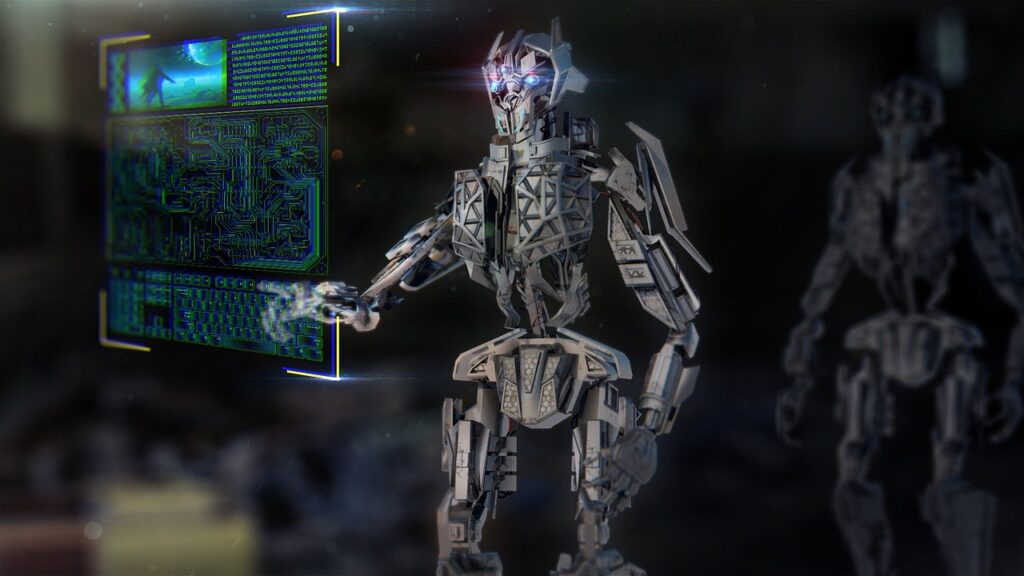
The Impact of AI on Employment: Reshaping Work
The relationship between AI and employment is more complex than simple displacement. While some jobs will undoubtedly be automated, new roles are emerging that require collaboration between humans and AI systems.
The key lies in understanding which tasks are best suited for automation and which require human skills like emotional intelligence, creative problem-solving, and ethical judgment. The future workplace will likely involve humans working alongside AI, each focusing on their respective strengths.
This transition requires a shift in education and training, preparing workers for roles that emphasize uniquely human capabilities.
AI and Privacy: Striking the Right Balance
As AI systems become more sophisticated in processing personal data, privacy concerns take center stage. The challenge lies in balancing the benefits of AI-driven personalization with individual privacy rights.
Techniques like federated learning and differential privacy offer promising solutions, allowing AI systems to learn from data while protecting individual privacy. However, implementing these solutions at scale presents technical and organizational challenges.
The future of AI privacy will likely involve a combination of technical solutions, regulatory frameworks, and ethical guidelines.
The Rise of Multimodal AI: Beyond Text and Images
The next frontier in AI development involves systems that can seamlessly integrate multiple types of data – text, images, audio, and more. These multimodal systems represent a significant step toward more human-like understanding of the world.
By processing different types of information simultaneously, these systems can develop richer, more contextual understanding. For example, a multimodal AI might understand a joke not just from the words, but from accompanying images, tone of voice, and even timing.
This development opens new possibilities in areas like virtual assistants, content creation, and human-computer interaction.
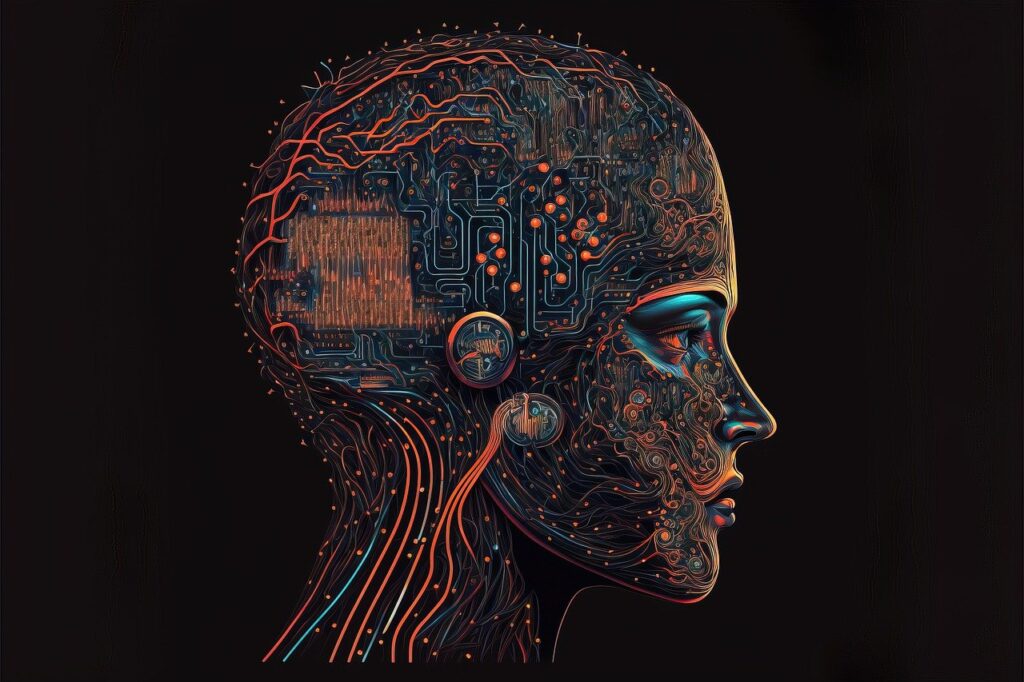
Democratizing AI: Making Advanced Technology Accessible
As AI technology matures, ensuring broad access becomes increasingly important. Democratizing AI isn’t just about making the technology available; it’s about making it understandable and usable by people with varying levels of technical expertise.
This involves developing user-friendly interfaces, providing clear documentation, and creating tools that allow non-experts to leverage AI capabilities. Open-source initiatives play a crucial role, making advanced AI tools available to researchers and developers worldwide.
The challenge lies in balancing accessibility with safety and responsible use, ensuring that democratization doesn’t lead to misuse or harm.

